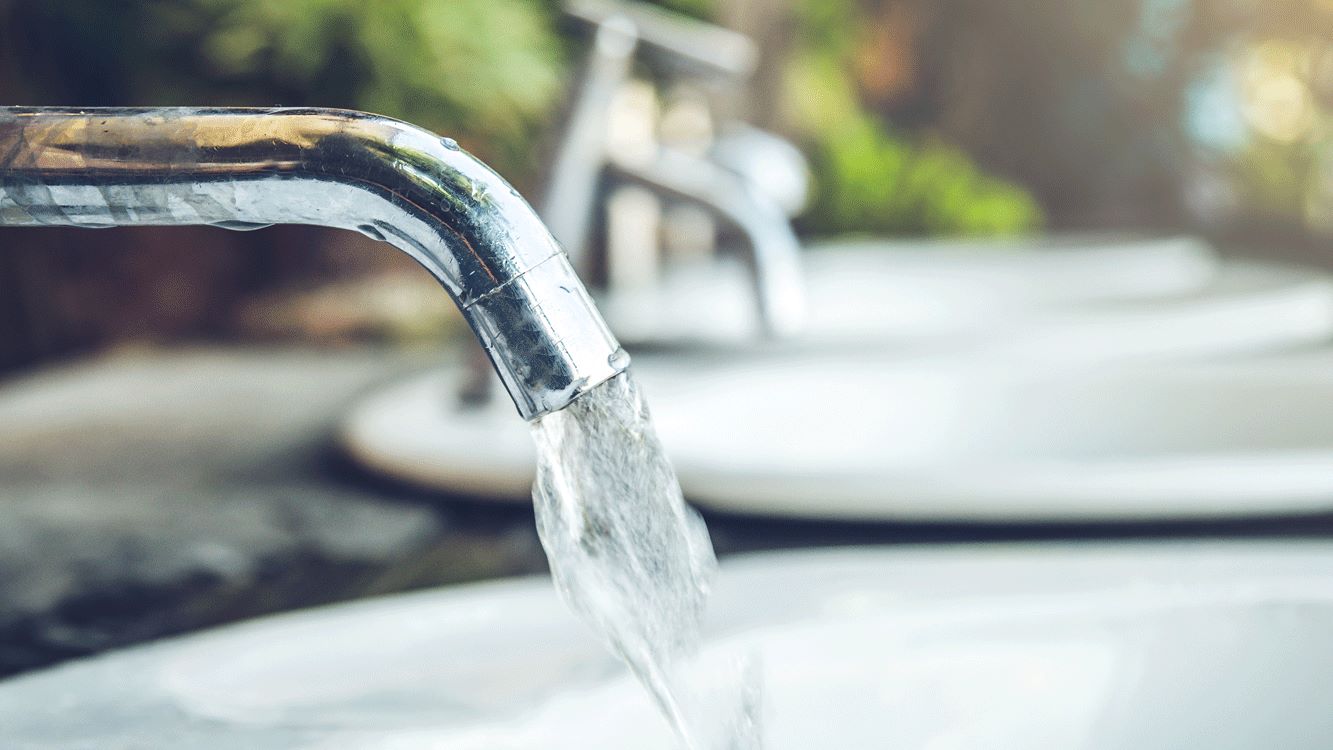I guess I am trying to reinvent the wheel here but hear me out. Seems in the year 2022 we still have to second guess how much "hot" water is remaining in a hot water tank. Our family usage varies dramatically from day to day, some days we might as well stick the tank to permanently on (governed by the tank thermostat) on other days we're better of controlling via a timer as it's only required for 30 mins of the day. There are occasions when 3 people will shower one after the other with nothing left for the 4th person and there are occasions when only one person is at home for 2 days. There is no way of telling what our day to day usage is going to be in advance. Always on = wastage if no one is using for 2 days. Timer = Assumes constant routines that don't change much day on day. Neither really cut it IMO.
Clearly, in this modern day and age, it would be beneficial to have a method of determining when the available hot water is getting "low" (I get there is no such thing as low in terms of quantity but I'm talking in terms of temperature). And then use that knowledge (should we wish) to heat the tank some more. We can in theory do that by being able to determine what the average temperature is inside the tank.
I have not come across any tank design where the manufacturer chooses to reveal the internal temperature. The probe sits behind the thermostat, the capability is there in theory to determine this temperature but there's not a single temperature gauge to be seen.
As manufactures of tanks have no interest in fitting smart temperature sensors that can be interrogated by Wi-Fi, RF, BT or Zigbee ($10 tech), my question is where is the best place to self install a sensor to determine the "internal" tank temperature? That sensor could of course sit near a pipe (that is somehow linked to the internal temprature of the tank). Of course even if I find that spot, it would be a learning/calibration exercise to determine which temperature value means I'm "getting low on hot water" but that's a separate problem.
Thoughts, suggestions, alternatives? Thank you
Clearly, in this modern day and age, it would be beneficial to have a method of determining when the available hot water is getting "low" (I get there is no such thing as low in terms of quantity but I'm talking in terms of temperature). And then use that knowledge (should we wish) to heat the tank some more. We can in theory do that by being able to determine what the average temperature is inside the tank.
I have not come across any tank design where the manufacturer chooses to reveal the internal temperature. The probe sits behind the thermostat, the capability is there in theory to determine this temperature but there's not a single temperature gauge to be seen.
As manufactures of tanks have no interest in fitting smart temperature sensors that can be interrogated by Wi-Fi, RF, BT or Zigbee ($10 tech), my question is where is the best place to self install a sensor to determine the "internal" tank temperature? That sensor could of course sit near a pipe (that is somehow linked to the internal temprature of the tank). Of course even if I find that spot, it would be a learning/calibration exercise to determine which temperature value means I'm "getting low on hot water" but that's a separate problem.
Thoughts, suggestions, alternatives? Thank you


